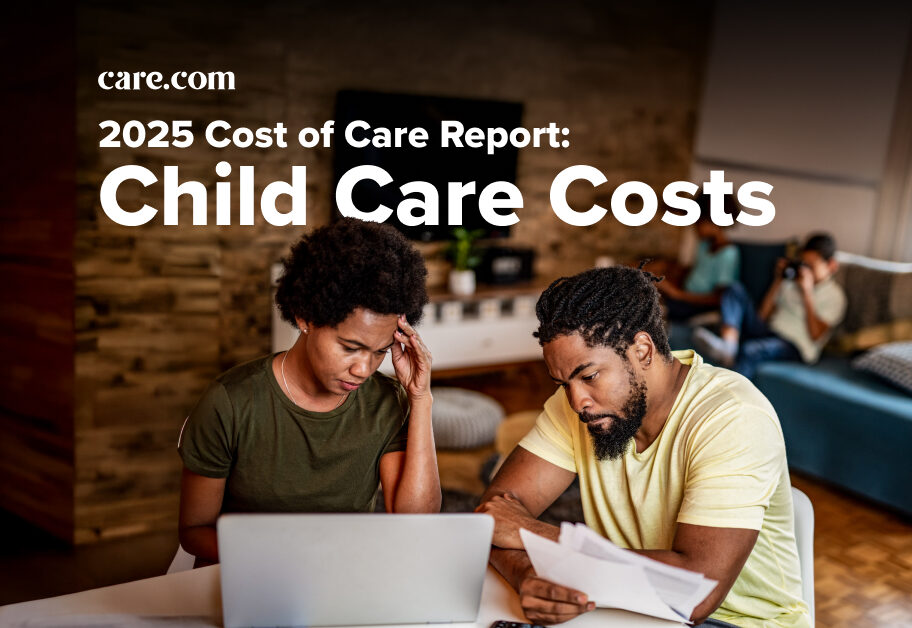On September 17, Meta announced new Instagram Teen Accounts, which automatically implement updated safety settings on accounts connected to users younger than 16. While the changes are, in theory, movement in the right direction, the burning question for parents and caregivers remains: Do the new Instagram Teen accounts actually protect kids?
“This is the latest iteration of self-imposed safety measures put in place by Meta on Instagram, the first being Family Center in 2022, which allowed parents to link their accounts to their kids’,” explains Titania Jordan, Bark Technologies’ chief parent officer and author of “Parenting in a Tech World.” But, she adds, Family Center still allows kids to turn off supervision unilaterally, rendering protections basically moot.
The newest level of protection, Teen Accounts, “is a bit better, but still not great,” Jordan notes. Here, Jordan and other experts explain how Instagram Teen Accounts work, and discuss whether or not the changes have truly protective measures or if they’re yet another superficial nod to safety.
What are the new Instagram Teen Accounts?
Instagram Teen Accounts are essentially a response to concerns about teen and youth safety in digital spaces, particularly those aged 13-17, explains Benjamin Burroughs, associate professor of emerging media at the University of Nevada, Las Vegas in the Hank Greenspun School of Journalism and Media Studies. “This move is part of Instagram’s broader efforts to position itself as creating a safer environment for teens on social media.”
With the accounts, teens under the age of 16 need parental permission to remove automatic protections that have been placed on their device by Instagram. “Teen Accounts will limit who can contact teens and the content they see, and help ensure their time is well spent,” according to Meta.
…the restriction of nearly any contact with non-friends on the platform “is arguably the most important piece of online safety for young people.”
—Titania Jordan, chief parent officer, Bark Technologies
Instagram Teen Accounts: Features and restrictions
Unlike traditional Instagram accounts, Teen Accounts will have the following protections turned on automatically for kids under 16, and parents can decide if kids are allowed to tweak their settings:
- Automatic private accounts.
- Messaging restrictions.
- Sensitive content restrictions (this also applies to Reels and the Explore tab).
- Limited interactions with strangers.
- Time limit reminders.
- Sleep mode with muted notifications (10 p.m. to 7 a.m.).
- Flagging of suspicious accounts that have been blocked or reported by many teens.
- Parental supervision (via Family Center).
The biggest piece here, according to Jordan, is the restriction of nearly any contact with non-friends on the platform, which, she notes, “is arguably the most important piece of online safety for young people.”
Something else to consider: Instagram has also started using AI to alert teens when their interactions on Instagram may be deemed harmful or if they’re engaging in potentially negative content.
“AI will alert teens when adult accounts exhibit what the algorithm considers suspicious behavior,” explains Burroughs. “This kind of transparency and access to conversations is certainly something that will appeal to parents. Parents often pay for third party apps to provide this kind of oversight of mobile phone usage and will likely appreciate a platform providing this service themselves.”
Pros and Cons of Instagram Teen Accounts
The new Instagram Teen Accounts are a step in the right direction, but they’re far from perfect. Here’s what experts say to keep in mind.
Pros
It’s moving the conversation forward. “These new accounts are a starting point for considering online safety for young people,” says Nicole O’Donnell, assistant professor at Washington State University’s Edward R. Murrow College of Communication. “That said, it’s Meta’s responsibility to continue making changes to their platforms, including changes related to their algorithm and how content is promoted to young people.”
“It is important that parents… have conversations with their teens to mutually develop expectations and standards for using these platforms.”
—Benjamin Burroughs, associate professor of emerging media, University of Nevada, Las Vegas
Much-needed breaks are provided. “Features like daily usage limits and screen break reminders are ways to encourage mindful, reflexive uses of technology,” Burroughs notes. Put another way: It forces them to get off the app.
Predation rates may be reduced. “Any steps Meta can take to reduce the rate of predation and sextortion on their platforms are meaningful and much appreciated,” says Jordan. “This is especially in light of their move to end-to-end encryption, which makes bringing predators and criminals to justice even harder.”
Kids can’t erase their history (potentially). If your child’s account is set up through Family Center, you can track and monitor how much time they spend on Instagram, accounts they’re following and with whom they interact. “The ability to track who is interacting with teens means that kids can’t delete posts and erase search histories as they could in a standard account,” explains Burroughs.
Cons
Teens could migrate to less-supervised platforms. “With increased scrutiny and surveillance of activities from parents comes the migration to other platforms and inevitable workarounds,” says Burroughs. “It is important that parents keep this in mind and have conversations with their teens to mutually develop expectations and standards for using these platforms.”
Also, keep in mind, Instagram isn’t all bad for teens, and many use it as a platform for valuable messages. “Certain privacy restrictions and surveillance can restrict the independence and emerging voice of teens on social media platforms like Instagram,” adds Burroughs.
Rabbit holes still exist. Anyone that’s ever been on social media knows rabbit holes are real. “Despite these updated settings, social media sends children down rabbit holes thanks to powerful algorithms that negatively impact their sense of self-worth, mental wellbeing and physical health,” notes Jordan.
There are ways to get around parental controls. When there’s a will, there’s a way — and side-stepping parental controls certainly isn’t a new concept for kids. While Instagram has employed the use of AI to try to identify whether or not an adult is in fact an adult, kids can still enter a fake birth date in order to circumvent the Teen Account.
Additionally, settings that allow parents to monitor kids’ behavior via Family Center can be turned off at any point — by kids. “Parents will get a notification if that happens, though,” Jordan says. “So you’ll at least know that something is up and you need to have a conversation — or perhaps block Instagram altogether if you’re worried.”
What to keep in mind before allowing kids to have an Instagram Teen Account
Allowing your child to have an Instagram Teen Account doesn’t automatically get you off the hook for all of the downsides of social media. It’s better, yes, but you still need to do due diligence, Jordan says.
Here are a few other ways to mitigate social media dangers for kids.
Know the trends. “Parents should stay up to day on the latest trends, slang and social media platforms that kids are into,” Jordan says. By doing this, you’ll feel more empowered and equipped to make the best decisions for your family, as opposed to feeling completely lost.
Watch Childhood 2.0. Jordan recommends this documentary about the dangers facing kids today to all parents. “It’s free to stream online and is incredibly eye-opening,” she says. “It features experts as well as real-life kids and parents talking openly about the online dangers that are so common right now.”
Work together. Burroughs favors a collaborative approach between parents and teens that emphasizes dialogue, as opposed to a top-down model. “I think that conversation is really necessary to make the most of these security features without stifling the freedom and creativity of teens,” he says.
“We are not meant to do this alone — parenting and/or growing up in a tech world — and the more authentic connection we can have with each other, the safer we will all be online.”
—Titania Jordan
Schedule offline time. Balance online time with offline time. “Make sure children are getting enough sleep, socializing with friends, working on homework and establishing hobbies offline,” notes O’Donnell.
Be a safe space. “If your child knows that you are a safe space and that you will remain calm and listen (more than lecture) while you navigate helping them become responsible digital natives, they will be more likely to come to you when things get tough and they need support,” says Jordan.
“We are not meant to do this alone — parenting and/or growing up in a tech world — and the more authentic connection we can have with each other, the safer we will all be online,” she adds.
The bottom line
The new Instagram Teen Accounts offer added protection, but it may not be enough.
“The fact that teens under 16 will need a parent’s permission to change any of the built-in protections is critical — we haven’t seen this level of protection from other platforms’ parental controls, and it’s a key factor to implementation,” Jordan notes. “But once again, this is assuming the child agrees to parental supervision.”
And while parental controls are great, they don’t necessarily mean your child is ready for social media. “I have yet to meet a parent who regrets delaying access for their child,” says Jordan. “And conversely, I have met thousands of parents who deeply regret giving their child the entire world at their fingertips.”





